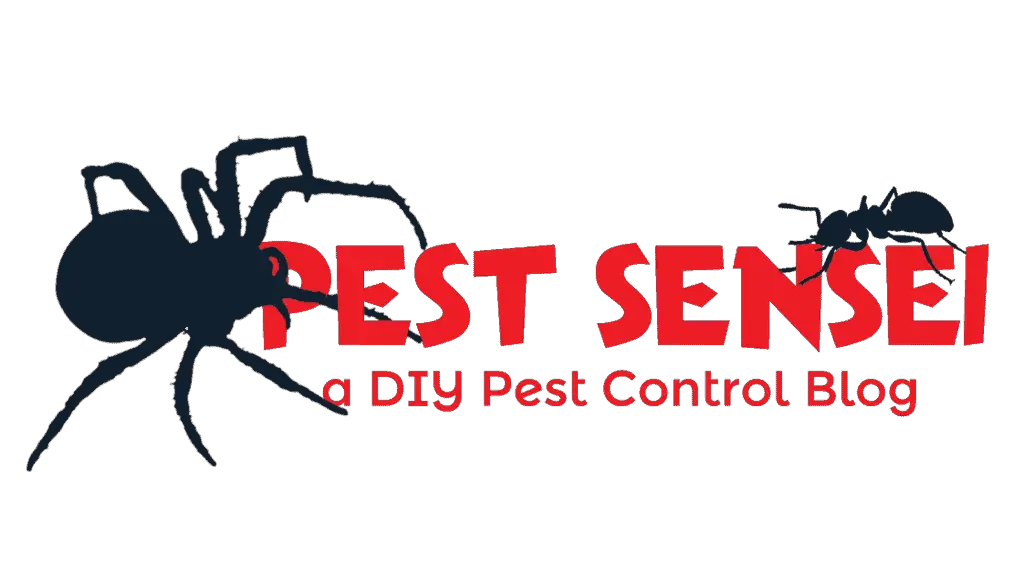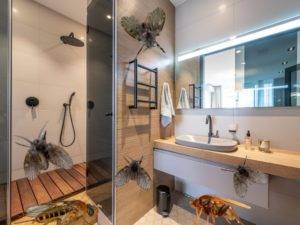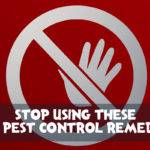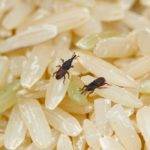Are you constantly bothered by the sudden appearance of flies in your bathroom? No matter how thoroughly you clean, these pesky creatures seem to reappear out of thin air. If you’re experiencing this frustrating issue, you’ve come to the right place. In this article, we’ll guide you through simple and effective methods to banish those small, bothersome flies from your bathroom once and for all.
Understanding Bathroom Flies: Identifying the Culprits
To effectively tackle the issue of flies in your bathroom, it’s crucial to first identify the specific types of flies you’re dealing with. In most cases, you are dealing with moth flies and phorid flies.
Moth Flies
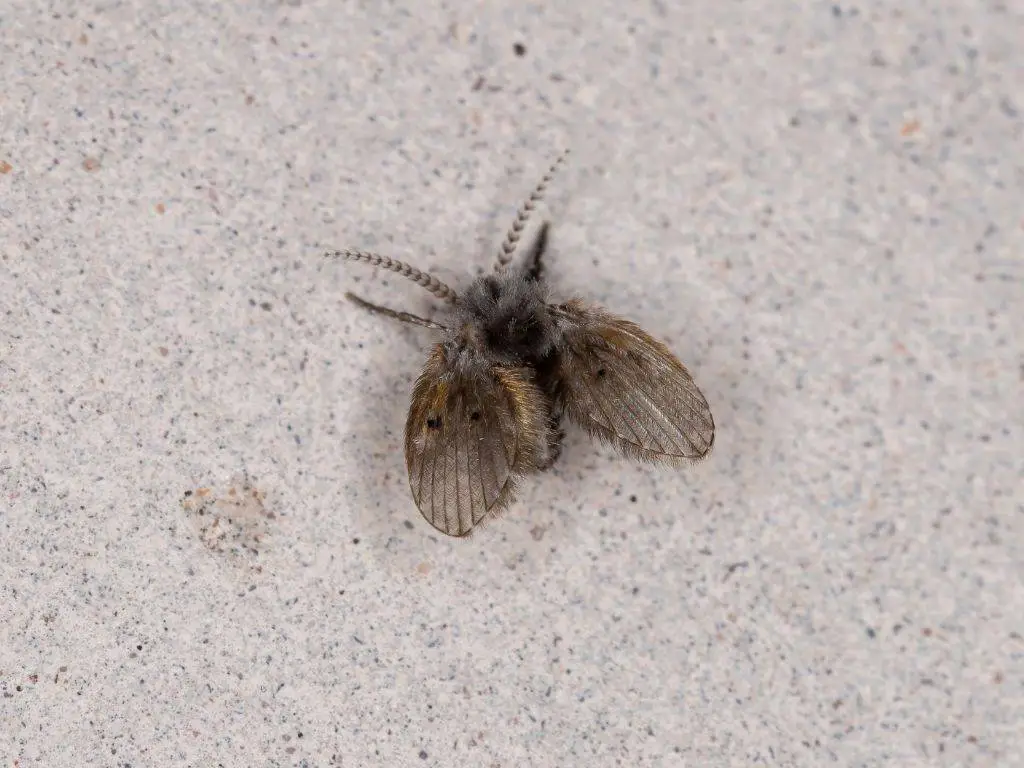
Moth flies, also known as drain flies, filter flies, or sewage flies, are small, hairy insects that resemble an inverted heart shape when at rest. They can be found in various regions around the world.
The larvae of moth flies are blind, legless maggots measuring about 5-10 mm in length. It has a narrow head and its back is covered with dark bands along the whole body.
Remarkably, moth fly maggots possess a breathing tube that allows them to survive in the organic film lining the drain pipes without suffocating. The maggots feed on whatever microbe and sludge in the organic film, until they emerge as adult flies.
The maggots can also breed in clumps of hair and dead skin debris collected in the drain pipe or plumbing trap.
Adult flies live for approximately 1-2 weeks, and lay more eggs on the organic film before their demise. The eggs develop into adult flies within 1-4 weeks, depending on environmental conditions and available food sources.
While moth flies themselves do not transmit diseases, their presence may trigger asthma symptoms in some individuals.
There is a detailed article on NC State Extension if you want to learn more about moth flies.
Phorid Flies
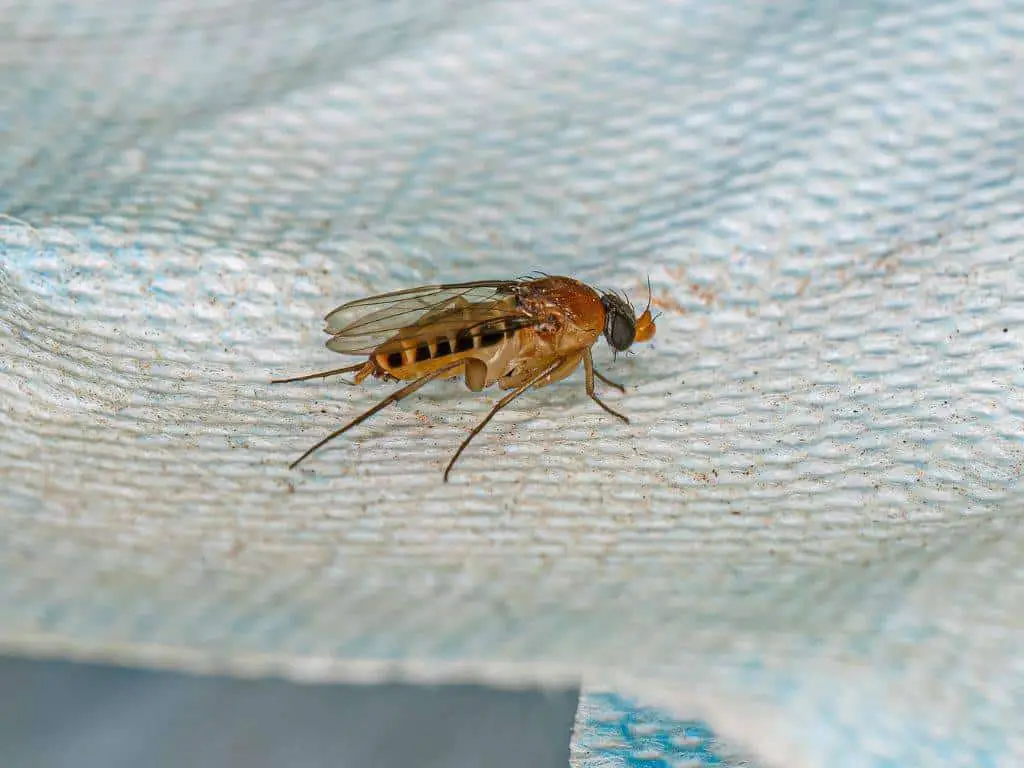
Phorid flies, also called humpback flies, scuttle flies, or coffin flies, are distinguishable by their humpbacked appearance when viewed from the side. Interestingly, when disturbed, they tend to scuttle around instead of flying.
Adult phorid flies can range in size from as small as 0.5 mm to as large as 5 mm, depending on the species. The maggots of phorid flies, which are whitish or yellowish in color, can grow up to 10 mm in length.
In the bathroom environment, phorid fly larvae reside and feed on the organic film lining drains, as well as debris in cracked tiles, broken grouts, plumbing traps, and damp mop heads.
You can learn more about this pest on NC State Extension.
7 Simple Ways to Banish Flies from Your Bathroom for Good
Here are the 7 things you can do to eliminate flies from your bathroom. Combining these methods yields the best results without using any harmful chemicals.
Clean the Drain Pipe
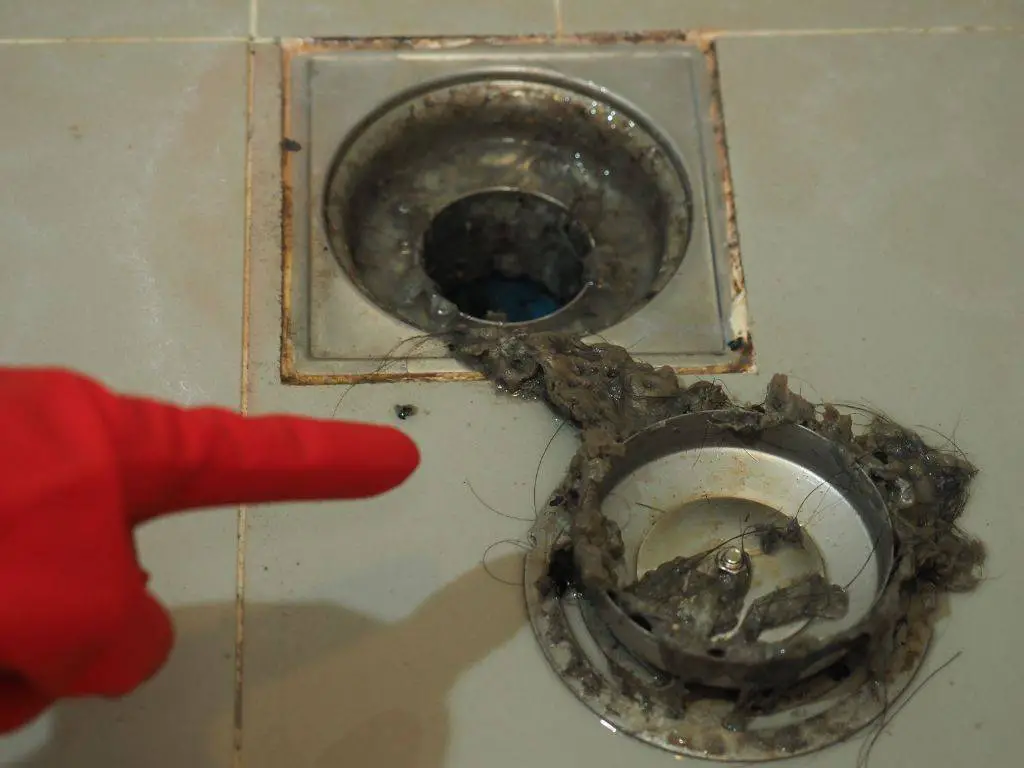
The primary breeding ground for small flies in the bathroom is the drain. Dead skin cells and hair accumulate in the drain pipe, providing an ideal environment for flies to breed. Even if there is no visible debris, organic biofilm slowly builds up around the drain pipe, providing ideal breeding ground for the moth flies.
To confirm if the drain is the source of the problem, seal the drain opening with tape for a day and check for any trapped flies.
Cleaning the drain pipe addresses the breeding source directly. Simply brush the drain pipe and try to dig out as much organic waste as possible. This will eliminate the breeding ground for small flies and solve your issue.
Most of the time, the drain pipe is narrow, and we can only clean the portion near the opening. That’s where Invade Hot Spot comes into the picture.
Invade Hot Spot is a foam canister containing microbes that digest organic materials. It is particularly useful for cleaning drain pipes as the foam reaches deep inside and stays on the vertical surface, allowing the microbes to work on the organic film.
Here’s a tip for using Invade Hot Spot. First, seal the drain opening with tape. Then, create a small hole to inject the foam, and continue until it overflows. The pressure built from sealing the opening helps to push the foam further into the pipe, allowing the hidden debris to be digested.
After treatment, give the microbes time to digest the organic buildup by avoiding use of the drain for a few hours.
Use Pest-Proof Floor Trap
Since we know drains are the source of small flies infestation in the bathroom, installing a pest-proof floor trap can greatly minimize the problem.
For that, I recommend using Green Drain. Green Drain allows water from the shower to drain, but prevents pests from entering your bathroom. With Green Drain, You don’t have to worry too much about cleaning the drain pipe, since the pesky flies can’t go through it anyway.
Green Drain comes in various sizes to fit standard drains. Besides preventing pests, it also blocks bad odor from the drain that attracts pests.
Clean the Plumbing Trap
Neglected plumbing traps can become breeding grounds for small flies. These traps collect dirt and debris, and flies can access them to breed. By cleaning the plumbing traps and the inner walls of the pipes, you can resolve the fly issue without the need for insecticides.
A few years back, I attended a 5-star hotel with a moth fly issue in the rooms. The customer didn’t believe it was a sanitation issue because the rooms are clean. He didn’t believe the flies could breed in the plumbing trap either, because there is always water in the trap, which he thought would drown the flies.
We arranged a joint inspection with the customer. It was a lucky day. When we were in one of the guest rooms, we saw a moth fly climbing out from the sink strainer! The customer finally believes that maggots can live in the plumbing trap!
Keep Mop and Broom Dry
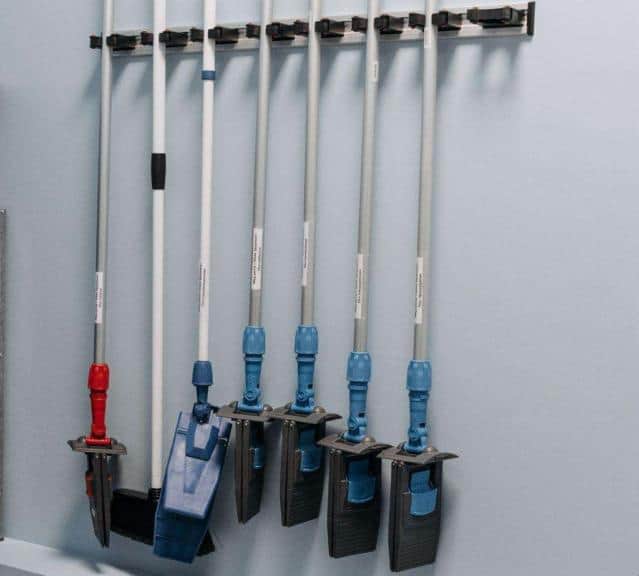
Ensure that the mop head is hung or stored with the head facing upward to dry faster. Mop heads collect dirt and debris, making them potential breeding grounds for flies.
Similarly, if you keep a broom in the bathroom, ensure the broom head does not touch water, as it creates an ideal environment for maggots to thrive.
Fix the Tiles and Grouts

Broken tiles or grout can trap water and debris, providing a perfect hiding spot for fly maggots. Repair any broken tiles and grout to eliminate potential fly breeding grounds in your bathroom.
Check the Planter Box
If you have ornamental plants in your bathroom, pay attention to the planter boxes or pots. Small flies can breed in moist soil rich in organic matter. Ensure proper drainage in the planter boxes to prevent stagnant water and create a healthier environment for both the plants and your bathroom.
Use Fragrance to Mask Unpleasant Odor
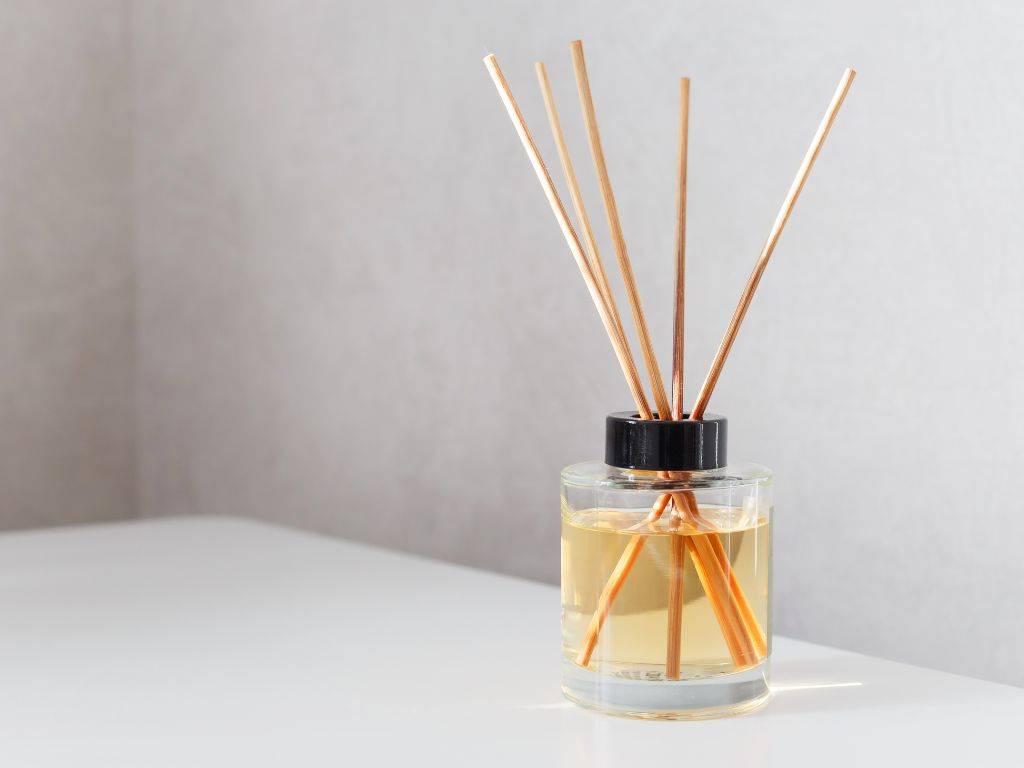
Flies are attracted to unpleasant odors typically originating from drains. You can use fragrances from potpourri, plants, reed diffusers, or air fresh dispensers to mask these odors. On top of that, fragrance helps uplift the overall ambiance of your bathroom.
This method complements the other mentioned methods, but it doesn’t resolve the existing breeding ground. It is also crucial to address the source of the bad odor.
Remedies that Are Ineffective
While searching the internet, you’ll come across numerous remedies that claim to tackle flies in your bathroom. Unfortunately, many of these remedies simply don’t work. Let’s take a look at some commonly suggested remedies that are ineffective.
Hot Water
One commonly suggested method is pouring hot water into the drain to kill pests. However, this method proves ineffective against moth flies. The maggots of these flies are buried within the organic film lining the drain pipe. Hot water does not have sufficient time to transfer heat through the film and reach the maggots before it drains off.
Bleach

Bleach is sometimes used as an alternative to hot water for treating infested drain pipes. However, it fails to address the issue of maggots that have buried themselves within the organic debris.
Bleach can only come into contact with the surface of the debris and does not affect the maggots. Moreover, when bleach reacts with organic debris, it releases harmful fumes. Mixing bleach with ammonia can be especially dangerous. Furthermore, bleach has the potential to damage drain pipes, leading to further issues in the long run.
Essential Oil
Spraying essential oil around the bathroom is suggested by some to repel flies. While the aroma of essential oil may mask the foul odor from the drain pipes, it does not linger long enough nor address the problem of maggots breeding in your bathroom.
Vinegar

Vinegar is often hailed as a multipurpose solution, claimed to kill, attract, and repel flies. However, it seems contradictory for something to both repel and attract flies simultaneously.
While household vinegar has a pungent odor that can mask the drain’s scent, it fails to address the breeding issue, especially when maggots are concealed within organic debris. Moreover, the odor from vinegar can attract fruit flies, which creates another problem for you.
Final Words
It is not difficult to get rid of flies from your bathroom. Focus on the tried-and-tested methods that target the root causes of the infestation, and steer clear of remedies that have proven to be ineffective.
